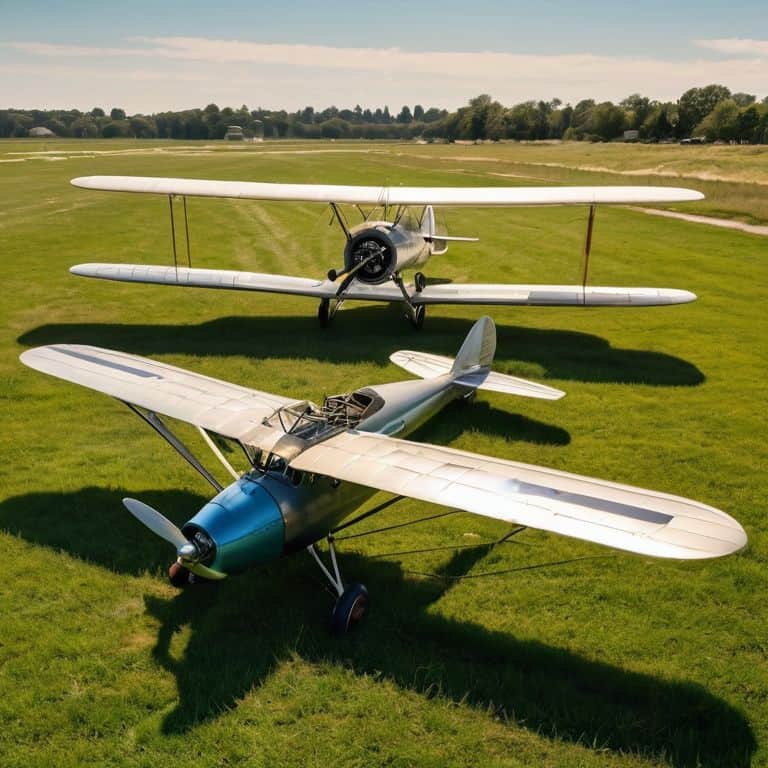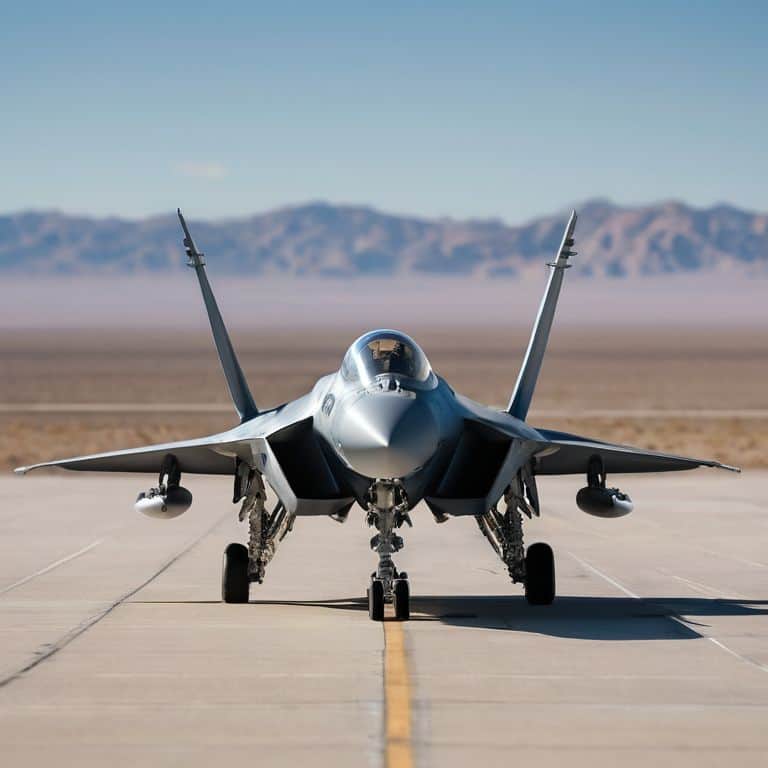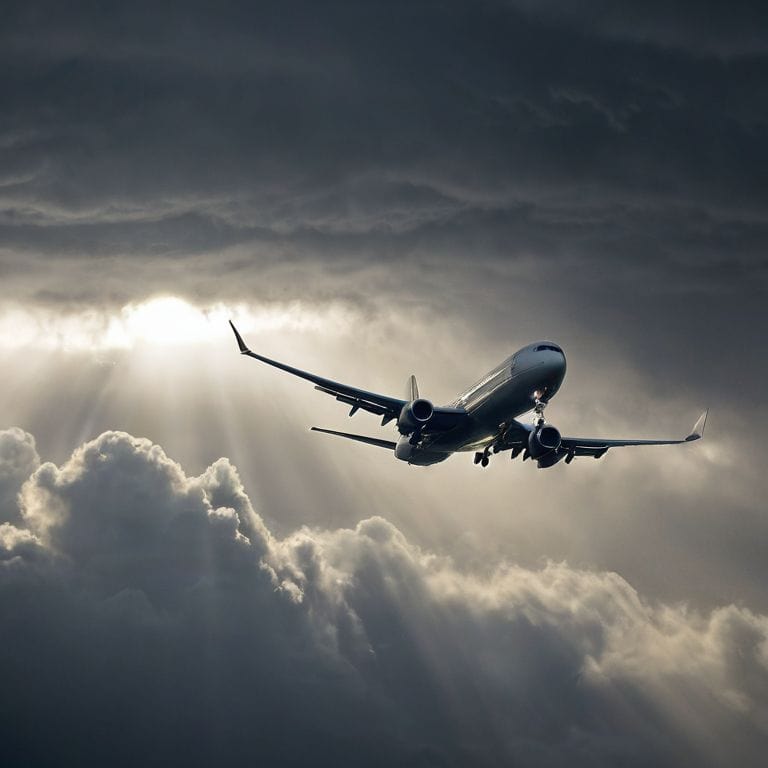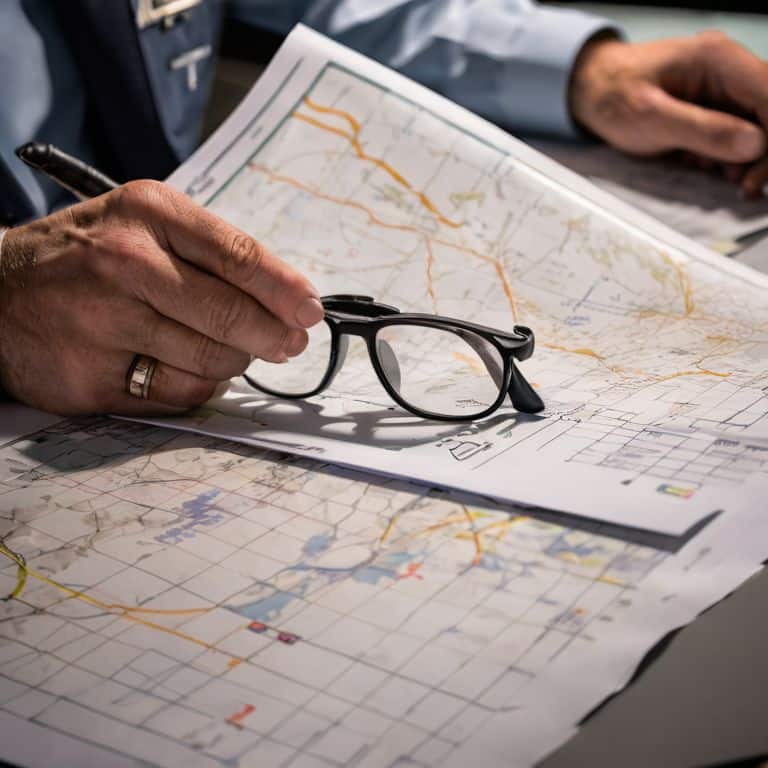As I sit in my workshop, surrounded by scale models of historic aircraft, I often ponder the fascinating world of flight. Recently, I’ve been asked by many aspiring pilots about the difference between a biplane and a monoplane. It’s a question that sparks debate among aviation enthusiasts, and one that I believe deserves a clear and concise explanation. The choice between these two aircraft configurations can be daunting, especially for those new to flying. Understanding the difference between a biplane and a monoplane is crucial, as it can significantly impact the performance and handling of an aircraft.
In this article, I promise to provide you with a no-nonsense guide to understanding the distinctions between biplanes and monoplanes. As a certified flight instructor with years of experience, I’ll share my real-world expertise to help you make informed decisions. I’ll break down the complex topics into simple, easy-to-understand language, avoiding jargon and focusing on the fundamentals of flight. My goal is to empower you with knowledge, whether you’re a seasoned pilot or just starting your aviation journey. So, let’s take to the skies and explore the world of biplanes and monoplanes together, one step at a time.
Table of Contents
Biplane
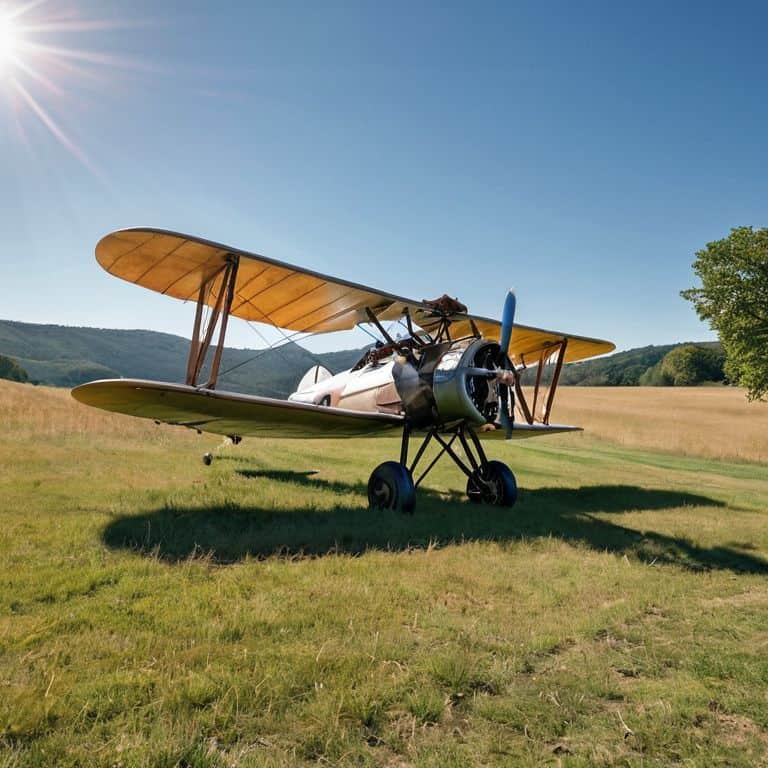
A biplane is a type of aircraft configuration that features two wings, one above the other, which provides increased lift and stability. The core mechanism of a biplane relies on the interaction between the two wings, creating a unique aerodynamic effect that allows for more efficient flight at lower speeds. The main selling point of a biplane is its ability to operate in tight spaces and make sharp turns, making it an ideal choice for certain types of flying, such as aerobatics or flying in mountainous terrain.
As a flight instructor, I can attest that understanding how a biplane works is crucial for any pilot looking to expand their skills. The practical application of a biplane’s design can be seen in its ability to take off and land in shorter distances, making it a great choice for flying in remote areas. I recall a time when I was flying a biplane in Alaska, and I had to make an emergency landing in a small field. The biplane’s ability to slow down quickly and make a sharp turn allowed me to avoid a potentially dangerous situation, and it really drove home the importance of understanding the unique characteristics of this type of aircraft.
Monoplane
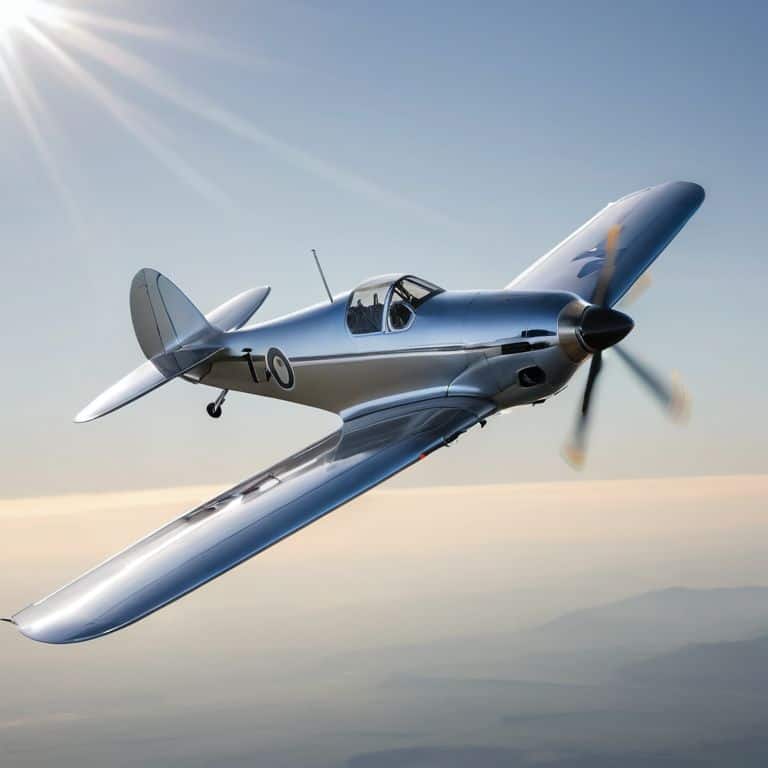
A monplane is a type of aircraft configuration that features a single wing, which provides smooth airflow and reduces drag. The core mechanism of a monoplane relies on the shape and design of the single wing, creating a unique aerodynamic effect that allows for faster and more efficient flight. The main selling point of a monoplane is its ability to achieve high speeds and cover long distances, making it an ideal choice for cross-country flying or commercial aviation.
As someone who’s passionate about aviation history, I find it fascinating to see how monoplanes have evolved over time. The aerodynamic advantages of a monoplane make it an ideal choice for flying long distances, and its ability to cut through the air with ease is a testament to the power of good design. I’ve had the opportunity to fly several types of monoplanes, and I can attest that the sense of speed and freedom that comes with flying one is hard to match. Whether you’re a seasoned pilot or just starting out, understanding the basics of a monoplane is essential for any aviation enthusiast.
Head-to-Head Comparison: Biplane vs Monoplane
| Feature | Biplane | Monoplane |
|---|---|---|
| Price | Higher | Lower |
| Key Feature | Multiple wings for stability | Single wing for speed |
| Best For | Stunt flying, aerobatics | Commercial flights, long-distance travel |
| Design Complexity | More complex | Less complex |
| Speed | Slower | Faster |
| Maneuverability | More agile | Less agile |
| Historical Significance | Early aviation pioneer | Modern aviation standard |
Uncovering Biplane Monoplane Difference
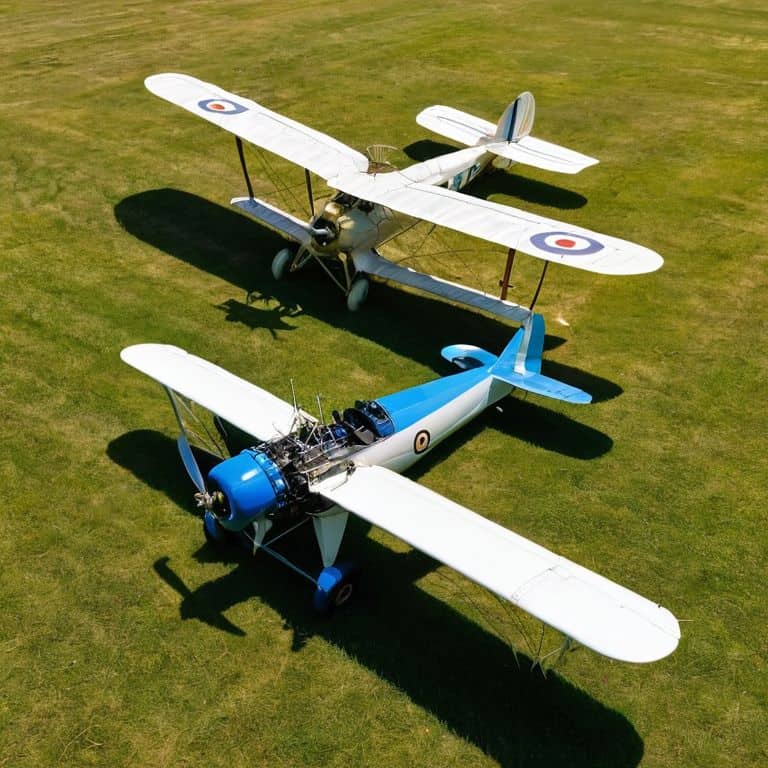
As we delve into the world of aircraft, understanding the differences between biplanes and monoplanes becomes crucial, especially when uncovering their unique characteristics. This knowledge is essential for pilots, engineers, and enthusiasts alike, as it impacts the overall performance, safety, and design of these flying machines.
When it comes to stability and maneuverability, biplanes and monoplanes exhibit distinct behaviors. Biplanes, with their dual-wing design, provide increased stability and lift, making them ideal for certain aerobatic maneuvers. In contrast, monoplanes, with their single wing, offer better aerodynamic efficiency, resulting in faster speeds and longer ranges.
In a head-to-head comparison, monoplanes generally outperform biplanes in terms of speed and efficiency. However, biplanes excel in situations where low-speed stability is critical. Considering these factors, it’s clear that monoplanes have a slight edge when it comes to overall performance. Therefore, in the context of uncovering biplane monoplane differences, monoplanes can be considered the winner in this specific category.
Key Takeaways: Biplanes vs Monoplanes
Understanding the fundamental differences between biplanes and monoplanes can help you appreciate the unique characteristics of each aircraft design, from stability and maneuverability to construction and historical context.
Recognizing the trade-offs between biplanes and monoplanes, such as the compromise between lift and drag, can inform your decisions when choosing an aircraft for a specific purpose or mission.
By grasping the basic principles behind biplane and monoplane designs, you’ll be better equipped to navigate the world of aviation, whether you’re a seasoned pilot, an aviation enthusiast, or simply someone fascinated by the wonders of flight.
Flying Fundamentals
The difference between a biplane and a monoplane isn’t just about the number of wings, it’s about understanding the unique characteristics that make each design take to the skies in its own distinct way.
Daniel Sato
The Final Verdict: Choosing the Right Wings
In our exploration of the differences between biplanes and monoplanes, we’ve delved into the details of each design, from their historical backgrounds to their modern applications. By examining the summary comparison table and the key differences between these two aircraft types, it becomes clear that the choice between a biplane and a monoplane depends on your specific needs and preferences. Whether you prioritize maneuverability, speed, or stability, understanding the fundamental characteristics of each design is crucial for making an informed decision.
When it comes to declaring an overall winner, the answer isn’t straightforward. However, if I had to recommend one, I’d say that monoplanes are the way to go for most users, especially those who value efficiency and practicality. On the other hand, biplanes are best suited for enthusiasts who crave a unique flying experience and don’t mind sacrificing some speed for the sake of agility and nostalgia. Ultimately, the decision comes down to your individual priorities and what you hope to achieve with your aircraft, making it essential to weigh the pros and cons carefully before making a choice.
Frequently Asked Questions
What are the historical contexts that led to the development of biplanes and monoplanes?
Let’s take a step back and look at the historical context. Biplanes emerged during the early days of aviation, with the Wright brothers’ design. Monoplanes, on the other hand, were developed later, with pioneers like Blériot creating more efficient, single-wing designs. Think of it like navigating through changing weather conditions – each design adapted to the needs of its time.
How do the design differences between biplanes and monoplanes affect their respective flight characteristics and maneuverability?
Let’s explore how design differences impact flight characteristics. Biplanes have more lift and stability, but can be slower and less maneuverable due to increased drag. Monoplanes, with their single wing, are generally faster and more agile, but may require more skill to handle. Think of it like a sturdy hiking trail versus a winding mountain path – both have their unique challenges and advantages.
In what scenarios or applications would a biplane be preferred over a monoplane, and vice versa?
When it comes to specific scenarios, biplanes shine in aerobatic and stunt flying due to their agility and maneuverability, while monoplanes excel in long-range flights and high-speed operations, leveraging their aerodynamic efficiency and stability. Think of it like choosing the right hiking trail: biplanes are perfect for tight, technical routes, whereas monoplanes are suited for long, straight stretches.
